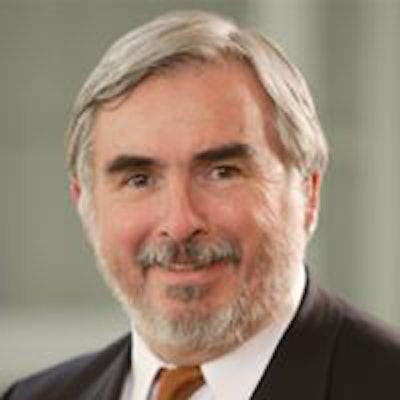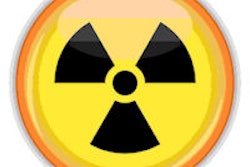
On January 31, the New York Times published an op-ed written by two physicians from the University of California, San Francisco on the cancer risks related to medical radiation. Titled "We are giving ourselves cancer," the article sensationalized the risks of medical radiation and demonstrated a poor understanding of what's definitively known about the risks of radiation at the very low doses used in medical imaging.
It is generally accepted by those who subscribe to the tenets of so-called evidence-based medicine that there is a pyramidal nature to the quality of evidence needed to answer a scientific or medical question.
A review of the evidence reveals the following:
- There are no randomized, controlled trials indicating that people who have had CT scan(s) have a higher risk of cancer than those who have not.
- There are no case-control studies indicating that people who have had CT scan(s) have a higher risk of cancer than those who have not.
- There are no cohort studies indicating that people who have had CT scan(s) have a higher risk of cancer than those who have not.
- There are no observational studies indicating that people who have had CT scan(s) have a higher risk of cancer than those who have not.
- There are no case reports suggesting that people who have had CT scan(s) have a higher risk of cancer than those who have not.
Because none of the above exists in the form of randomized trials, there is no meta-analysis data indicating that people who have had CT scan(s) have a higher risk of cancer than those who have not.
 Thoracic surgeon Dr. Frederic Grannis Jr.
Thoracic surgeon Dr. Frederic Grannis Jr.What we do have are modeling studies based on cancer incidence in people exposed to very large doses of radiation, extrapolated down to tiny doses of radiation exposure, using assumptions based on a linear no-threshold theory of radiation carcinogenesis.
For those who (like me) are not radiation physicists, let me explain: What these studies do is retrospectively look at rates of cancer in people exposed to differing but enormous radiation doses many years earlier. Such high doses have been in people exposed to atomic bomb explosions, nuclear reactor accidents, and high-dose radiation therapy.
In each of these groups, cases of cancer develop many years later. Graphs are then drawn; e.g., of cancer risk over time in people at diminishing doses reflected by distances 1x, 2x, and 3x from the epicenter of an atomic bomb explosion, by cumulative dose of radiation therapy, etc., and the line is then extended down the axis toward zero exposure. Theoretically, the risk of cancer at a relatively tiny exposure is predicted accurately by the slope of the line at a given point in time in the future.
The problem is that we don't have proof that this extrapolation of high-exposure data to low-exposure scenarios is accurate. According to the Wikipedia page on the linear no-threshold theory, "the model is sometimes used to quantify the cancerous effect of collective doses of low-level radioactive contaminations, even though such practice has been condemned by the International Commission on Radiological Protection."
A long-standing battle in print flared up recently between those who espouse the no-threshold theory and those who believe a threshold exists at which radiation damage is minimal. Toxicology expert Edward Calabrese published information suggesting that U.S. geneticist Hermann Joseph Muller, who won the Nobel Prize in 1946 for his work in the area of radiation mutations, suppressed data supporting a threshold for radiation damage during and after his Nobel speech. Muller supporters have counterattacked, accusing Calabrese of a conflict of interest and misinterpretation of Muller's actions.
My assessment of this information is that there is currently no credible evidence of an increased risk of cancer posed by diagnostic CT scans performed in older adults. Although it is prudent to carefully adjust all radiographic exposures down to the minimum required to gain the clinically relevant image for screening, surveillance, or diagnosis, necessary diagnostic radiographic studies should not be limited by unreasonable scaremongering as reflected in the text "Are we giving ourselves cancer?"
Dr. Frederic Grannis Jr. is a clinical professor of thoracic surgery and immediate past president of the medical staff of City of Hope National Medical Center in Duarte, CA.
The comments and observations expressed herein do not necessarily reflect the opinions of AuntMinnie.com.



















